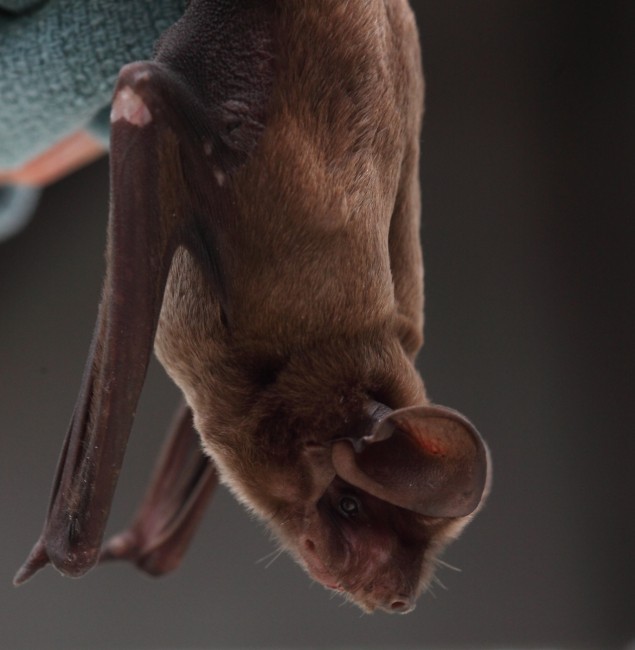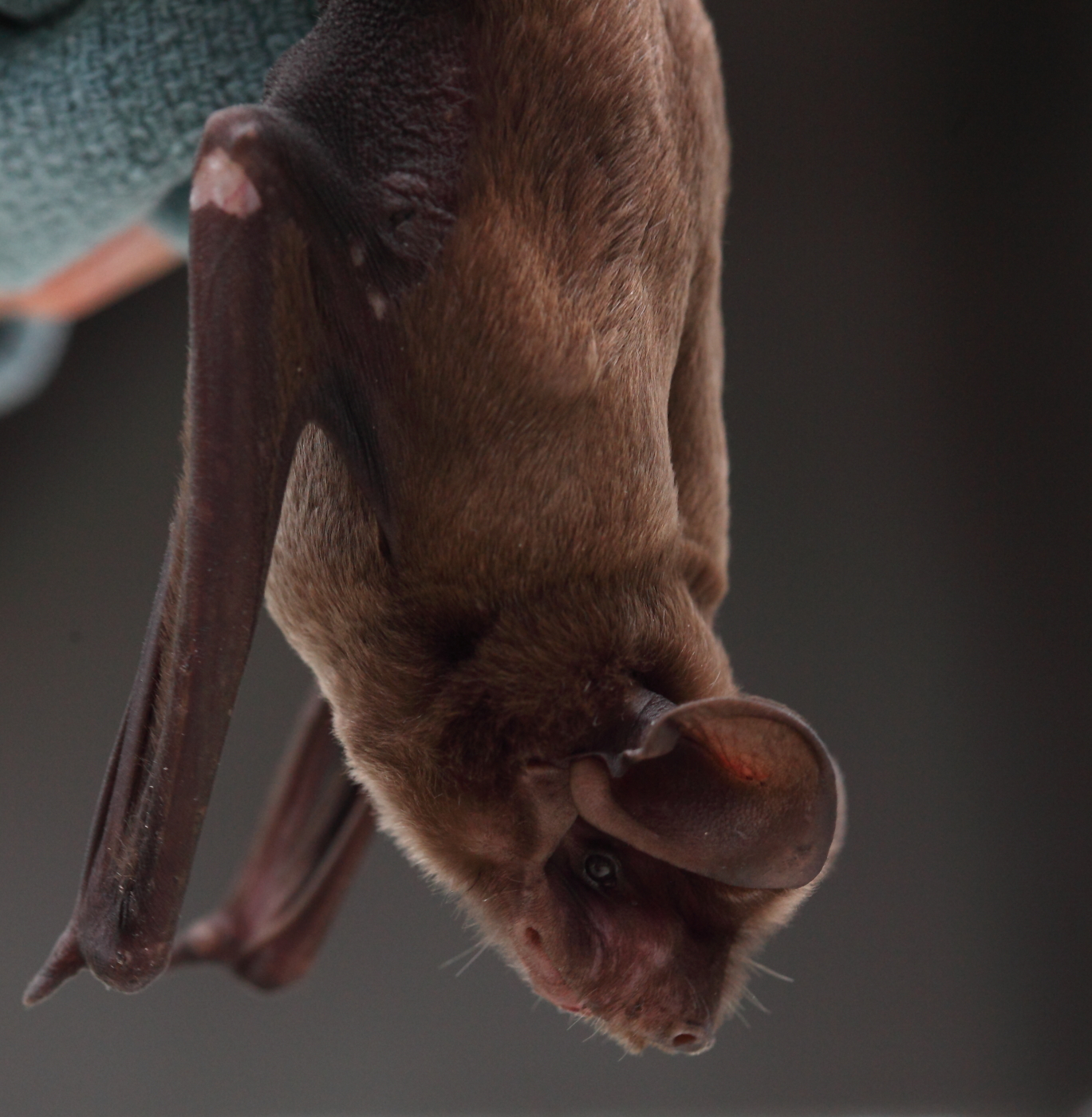
October 17, 2014
A Rare Bat Gets a Second Chance
- as seen by -
 Frank Ridgley
@Zoo Miami@zoomiami@zoomiami
Frank Ridgley
@Zoo Miami@zoomiami@zoomiami I thought I was going to have a quiet week away from the field to catch up on things in the office at Zoo Miami. Then the phone rang. It was the U.S. Fish and Wildlife Service and the start of an unforgettable experience.
A conscientious family in the bustling Little Havana section of Miami had found an injured bat and turned it in to a wildlife rehabilitation center in Ft. Lauderdale. The bat had been hanging exposed, only a foot off the ground, in the corner of their grandmother’s concrete stoop for at least three days. They had no idea it was one of the rarest mammals in the world.
The Florida bonneted bat has only just been added to the federal endangered species list after many years as a candidate. Only a few hundred of these bats are believed to exist, spread sparsely over six South Florida counties. This was an encounter of a lifetime.
We know very little about the bonneted bat because of its rarity, and that fact that it defies many of the standard techniques bat biologists use to study other species. One of the only acceptable methods of researching it is acoustic monitoring, which I had been focused on for the past three years on Zoo Miami grounds, where these bats can also be found.
This male bat was affectionately named “Clyde” after the only other bonneted bat in captivity, a permanently disabled rehab bat named “Bonnie.” Clyde came to me dehydrated, mentally dull, barely vocalizing, and with an injured right wing – luckily, no fractures.
After two weeks of good nursing care and several hold-your-breath test flights in Zoo Miami’s bat quarantine flight enclosure, he was good to go. After dusk one evening, I climbed to the top of a ladder in a park known to have other bonneted bats and close to where he was found. In the presence of USFWS staff and the family that found him, I cautiously let him go.
The bat dropped within a couple feet of the ground, then slowly gained altitude across an open field until he was above the highest tree, silhouetted against the orange glow of the city sky. About two minutes later, our detector picked up the bonneted bat’s distinct call as it buzzed by us.
I want to believe it was Clyde thanking us for our efforts.
Canon 5D Mark ii




Leave a Comment
Victoria Baker
October 18, 2014 at 4:44 am
Just to say that when I lived in the wilds of Northern California, bats would periodically get inside the house. I would turn off all the lights and go upstairs to where there was a french door to the exterior, open the doors completely, then put a lit lamp on the deck, outside the doors. I would lay down in the room, on the floor, and watch the bat be attracted to the light and find its way outside. Sometimes I couldn’t see the bat leave, but if I just kept gazing at the lighted area, the bat would always swing back by and give me a wave of thanks. I could count on it. So yeah, I’m certain your bat came back to say thanks.
Pingback: Bad-Rap Bats in Danger of Extinction Around the World (Photos) -RocketNews
Pingback: Bad-Rap Bats in Danger of Extinction Around the World (Photos) -RocketNews
Pingback: A Rare Sighting in Sri Lanka - Doll Alley